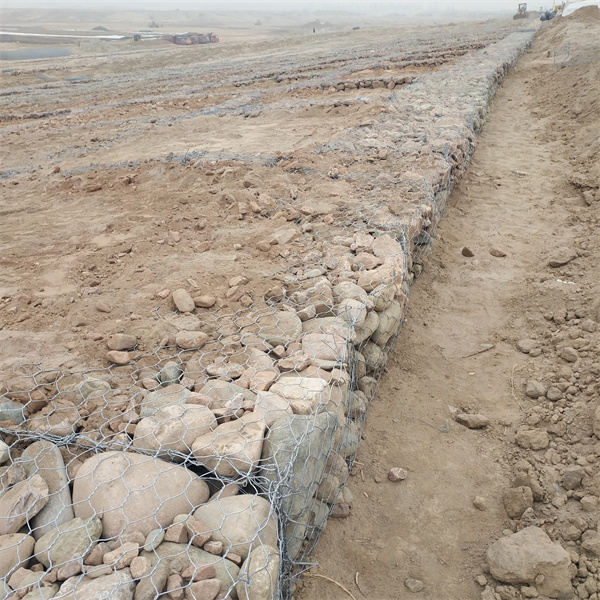Aug . 07, 2024 15:20 Back to list
Exploring the Best Options for Gabion Veneer Design and Installation Techniques for Your Project
Exploring the Best Gabion Veneer A Modern Landscaping Solution
In the realm of contemporary landscaping and architectural design, the term gabion veneer has emerged as a leading solution, seamlessly blending functionality with aesthetic appeal. Gabion walls, constructed from wire mesh cages filled with stones or other materials, have been used for centuries to prevent erosion, manage stormwater, and provide structural support. However, the modern interpretation of gabion systems—specifically as a veneer—has opened new avenues for creative landscaping and exterior design.
What is Gabion Veneer?
Gabion veneer refers to the use of gabion structures not just as functional elements, but as decorative facades or finishes. Typically, these materials are designed to enhance the visual impact of buildings and landscapes while retaining their original purpose of stability and support. By filling gabion cages with aesthetically pleasing rocks, natural stones, or even recycled materials, architects and landscapers can create striking visual elements that tie in harmoniously with the environment.
Benefits of Gabion Veneer
1. Versatility in Design One of the foremost advantages of gabion veneer is its versatility. Designers can choose from a wide range of materials, colors, and textures to achieve the desired aesthetic. Whether it’s modern minimalism or rustic charm, gabion veneer can adapt to various architectural styles, making it suitable for residential projects, commercial buildings, or public spaces.
2. Eco-Friendliness Gabion systems are inherently eco-friendly. By utilizing natural stones or recycled materials, they contribute to sustainable building practices. Furthermore, gabion walls can enhance drainage and erosion control, promoting healthier landscapes and minimizing environmental impact.
3. Cost-Effectiveness Compared to traditional building materials, gabion veneer can be a more cost-effective option. The materials used in gabions are often locally sourced, which reduces transportation costs and time. Additionally, gabion structures are relatively easy to install, which can further lower labor costs.
best gabion veneer

4. Durability and Longevity Gabion walls are known for their strength and durability. The wire mesh can withstand harsh weather conditions, making it a reliable choice for outdoor applications. With proper maintenance, gabion veneers can last for decades, making them a smart investment for both residential and commercial properties.
Applications of Gabion Veneer
1. Retaining Walls Gabion veneers work exceptionally well as retaining walls. They not only hold back soil effectively but also add a unique texture and style to landscapes, enhancing the overall aesthetic of gardens and yards.
2. Fences and Privacy Screens Using gabion veneer in fencing allows for increased privacy without sacrificing style. Filling the gabion cages with colorful stones can create a beautiful, eye-catching feature that also serves its intended function.
3. Architectural Cladding In urban settings, gabion veneers can be used as cladding for buildings, offering an appealing alternative to traditional materials. This not only improves the building's insulation but also creates a unique look that can reflect the local environment.
Conclusion
Gabion veneer represents a harmonious blend of practicality and visual appeal, making it a top choice for modern landscaping and architecture. With its versatility, eco-friendliness, and long-term durability, gabion systems offer far more than just structural support—they create beautiful, functional spaces that enhance the aesthetics of any project. As more architects and designers discover the benefits of gabion veneer, we can expect to see this innovative solution increasingly integrated into our built environment, paving the way for sustainable and captivating designs.
-
HESCO Gabion Baskets for Coastal Erosion Prevention
NewsAug.22,2025
-
Longevity and Durability of River Rock Gabion Walls
NewsAug.22,2025
-
How to Integrate Gabion 3D Walls in Urban Planning
NewsAug.22,2025
-
Reno Mattress Gabion Applications in Civil Engineering
NewsAug.22,2025
-
How to Install Wire Mesh for Gabion Baskets Properly
NewsAug.22,2025
-
Best Materials for Filling a Chain Link Gabion
NewsAug.22,2025
-
Wire Mesh Thickness Impact on Gabion Wall Load Bearing
NewsAug.12,2025






